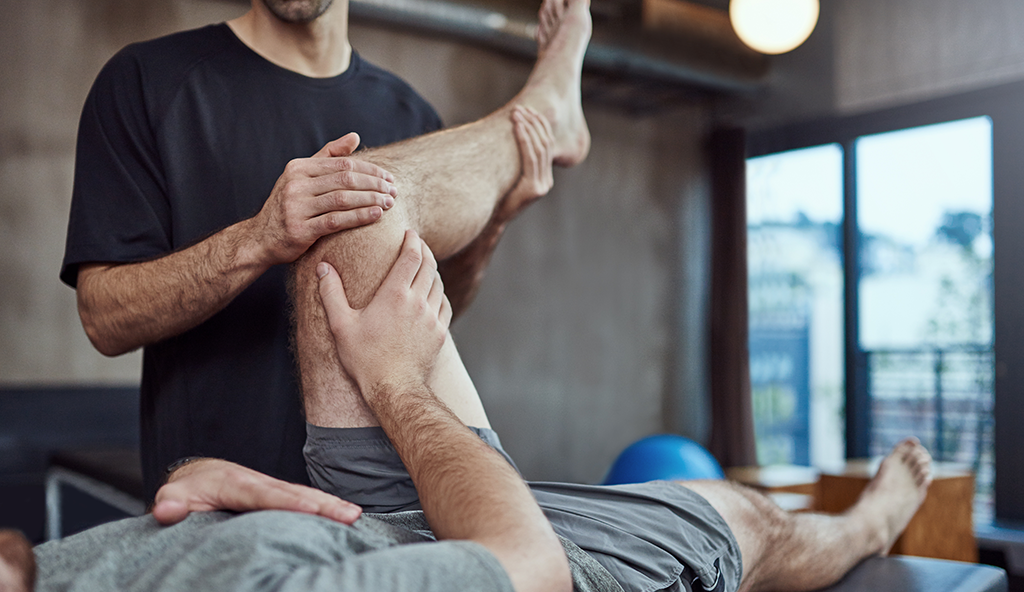
Injury Overview
Meniscus is a very important part of the knee joint. It is a type of cartilage that serves as a shock absorber within the knee since very high loads are transmitted across the knee with walking, running, jumping, going up and down stairs, or participating in sports or other active extracurricular activities. The menisci are c-shaped pieces of cartilage that cover the knee and are extremely important to distribute the load across the knee and protect the articular cartilage. The menisci also serve as secondary stabilizers to the knee to assist the ligaments.
The knee needs the meniscus in order to function. If a meniscus sustains a significant tear, it loses its ability to function. Over time this will lead to degradation and wear of the articular cartilage, called arthritis. This eventually can lead to osteoarthritis and bring a myriad of unwanted symptoms.
The symptoms of a meniscus tear include pain on the inside or outside of the knee, a feeling of instability, locking, catching, and tenderness. An MRI will be used to confirm a meniscus injury. If the meniscus shows a small tear, the patient may be able to heal without surgery by way of physical therapy. For larger tears, those that have failed non-operative management, and those with frank mechanical symptoms surgery is typically recommended.
A meniscectomy will be performed on the knee if the meniscus has a small symptomatic tear, one that is shredded beyond repair, or a tear in the inner third of the meniscus. This procedure essentially removes the area of the tear, and removes the damaged section. This is called a partial meniscectomy. Dr. Anz will take great care to only remove the damaged part of the tear and leave as much of the healthy meniscus as possible.
For tears that occur in the outer two thirds of the meniscus, or for larger tears that can be fixed, an attempt is made to repair the meniscus and preserve as much of the native meniscus as possible. This is performed with a combination arthroscopic and open procedure. Strong stitches are placed through the tear to bring the tissue back together and complete the repair.
After a meniscal repair, the knee must be protected to allow the meniscus to heal. For a partial meniscectomy procedure, the patient is allowed to weight-bear as tolerated. Physical therapy is started immediately to regain motion and strength. Weight bearing is protected on crutches for two weeks followed by full weight bearing in the brace, which is worn for a total of six weeks.
To learn more about mensical injuries of the knee, or for additional information on meniscus repairs or meniscus surgery of the knee, please contact the Gulf Breeze, Florida orthopedic surgeon, Dr. Adam Anz located at the Andrews Institute.




